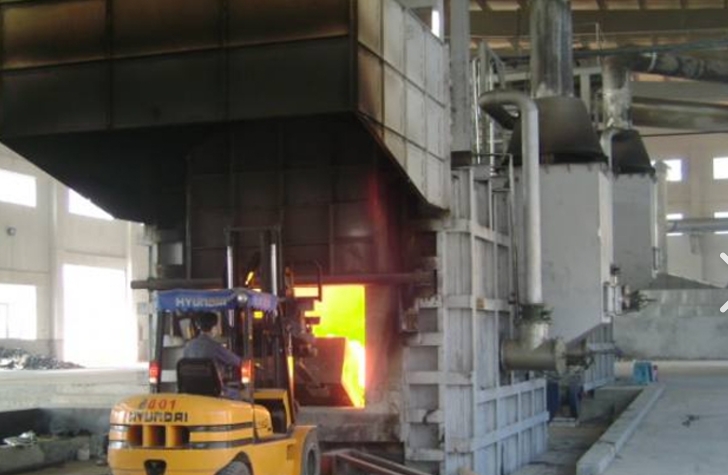NEWS&EVENTS
Home > News&Events > Company news > How to use reverberatory furnace to pyrometallurgically refine tin
Tin refining is a process of physically or chemically treating tin to remove impurities in order to increase its purity. In the smelting production of smelters, most of them use reverberatory furnaces, and a small number of them use electric furnaces. The reverberatory furnace is used as a melting device, and its hearth is inclined, occupying a small area. Melting is carried out in the low temperature zone, and then it is pulled into the high temperature zone for processing.

From the simple physical method in ancient times to the modern physical and chemical method, and then to the modern physical and chemical method, there have been further progress. With the increasingly stringent environmental protection and the improvement of technology, the efficiency of tin refining is getting higher and higher, environmentally friendly and low-cost. At the same time, various new tin refining processes have also emerged one after another, which has brought new opportunities to the tin refining industry. Today we are going to talk about pyrometallurgy:
Tin pyrometallurgy is an ancient metallurgical process with a history of more than 1,000 years. In ancient my country, high-quality tin concentrate was smelted, and the crude tin concentrate obtained contained extremely low impurities. High-quality refined tin can be obtained by removing iron with plugs and blowing (air, steam). At present, the crude tin obtained by smelting low-grade tin concentrate contains a large amount of impurities, which puts forward higher and higher requirements for its industrial purity. Therefore, a tin pyrometallurgical refining process consisting of multiple processes has been formed. Compared with electrolytic smelting, tin pyrometallurgy has high efficiency, simple equipment, small amount of reagents, fast tin turnover, and impurities are concentrated in different smelting waste slags, which are easy to recycle; but this process has many smelting processes, low direct recovery rate of tin slag, large slag volume, and great harm to human health.
Tin refining is a process of treating tin by physical or chemical means to remove impurities in it to increase its purity. In the production of smelters, most of them use reverberatory furnaces, and a small part uses electric furnaces, using reverberatory furnaces as melting devices. Its roadbed is inclined, covering a small area. Tin is melted in the low temperature zone and then pulled into the high temperature zone for processing. From the simple physical method in ancient times to the physical and chemical method in modern times, there has been further development. With the increasingly strict environmental protection and the improvement of technology,
the crude tin condensation method based on the change of the solubility of iron in tin with temperature; the crude tin crystallizer removes lead and bismuth by using tin and certain impurities to form low melting point alloys, and separates the liquid alloy and crystalline tin in the process of continuous temperature gradient heating and cooling; crude tin plus sulfur to remove copper and crude tin plus aluminum to remove arsenic and antimony, and crude tin vacuum distillation to remove lead and bismuth and lead-tin alloy vacuum distillation to remove impurities according to the different vapor pressures of various elements at a certain temperature.
According to the impurity content of crude tin. Use different refining processes composed of fire refining operations. One operation can remove 1~2 impurities, and some need to be removed by multiple methods. This process is characterized by low reagent dosage and high recovery rate, and is suitable for crude tin with various impurities and high content. Most tin smelting enterprises at home and abroad adopt pyrometallurgy, and 90% of their output comes from pyrometallurgy. Therefore, pyrometallurgy has advantages and disadvantages for tin refining, and reverberatory furnace also plays a very important role in tin refining.